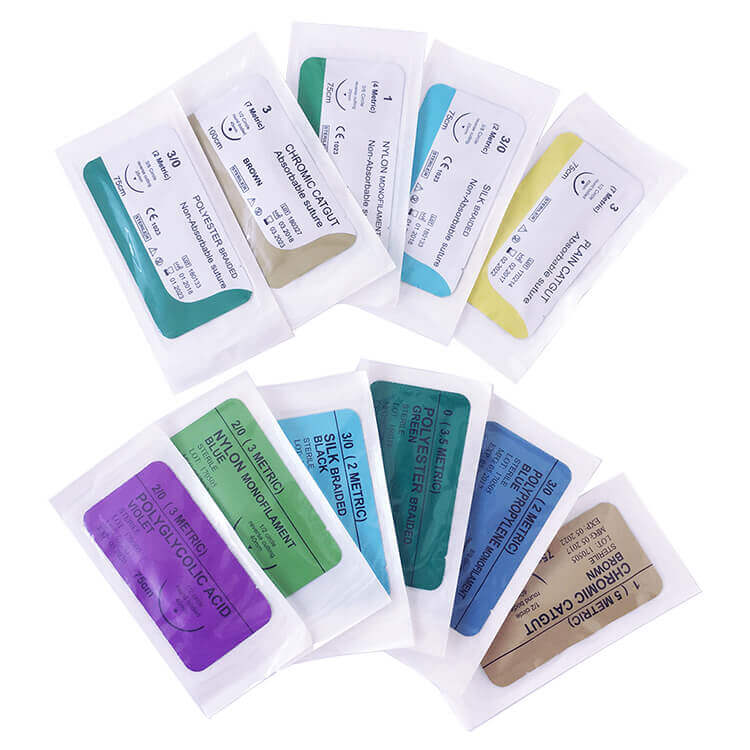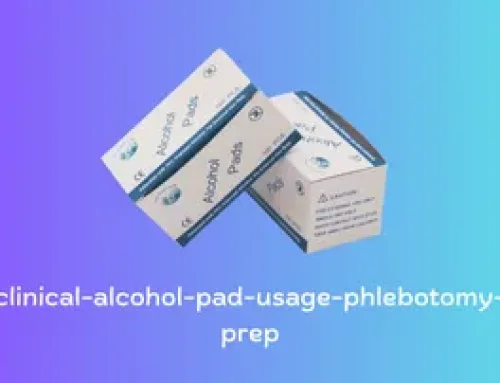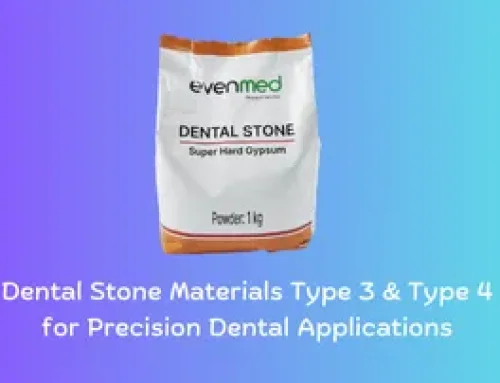When it comes to wound closure and healing, sutures play a crucial role. But with so many different types of sutures available, it can be difficult to know which one is best for a particular wound or surgical procedure. In this article, we’ll take a closer look at the different types of sutures and the benefits and drawbacks of each.

Non-Absorbable Sutures
Non-absorbable sutures are designed to remain in the body indefinitely, providing support and stability as the wound heals. These sutures are often made from materials such as nylon, polyester, or stainless steel, and are typically used for internal wounds that require long-term support.
Some of the benefits of non-absorbable sutures include:
Strong and durable, making them ideal for internal wounds Do not require removal, reducing the risk of infection Maintains wound stability over time
However, non-absorbable sutures also have some drawbacks, including:
Can cause irritation or inflammation at the wound site Can lead to the formation of granulomas, which are small masses of tissue that can cause discomfort or pain Can be difficult to remove if necessary, increasing the risk of infection or other complications
Absorbable Sutures
Absorbable sutures are designed to be broken down and absorbed by the body over time, eliminating the need for removal. These sutures are often made from materials such as polyglactin, polyglycolic acid, or collagen, and are typically used for internal wounds that do not require long-term support.
Some of the benefits of absorbable sutures include:
Do not require removal, reducing the risk of infection Break down and absorb over time, minimizing the risk of irritation or inflammation Can be used for internal wounds, reducing the risk of infection or other complications However, absorbable sutures also have some drawbacks, including:
Can cause inflammation or irritation at the wound site Can lead to the formation of granulomas, which are small masses of tissue that can cause discomfort or pain Can weaken over time, potentially compromising the stability of the wound
Synthetic Absorbable Sutures
Synthetic absorbable sutures are a hybrid of absorbable and non-absorbable sutures, offering the best of both worlds. These sutures are made from synthetic materials that are designed to be broken down and absorbed by the body over time, while also providing support and stability as the wound heals.
Some of the benefits of synthetic absorbable sutures include:
Do not require removal, reducing the risk of infection Break down and absorb over time, minimizing the risk of irritation or inflammation Can be used for internal wounds, reducing the risk of infection or other complications Strong and durable, making them ideal for internal wounds However, synthetic absorbable sutures also have some drawbacks, including:
Can cause inflammation or irritation at the wound site Can lead to the formation of granulomas, which are small masses of tissue that can cause discomfort or pain Can weaken over time, potentially compromising the stability of the wound
Final Thoughts
When it comes to choosing the right suture for a particular wound or surgical procedure, there are many factors to consider, including the location and size of the wound, the duration of support needed, and the individual’s overall health and medical history.




